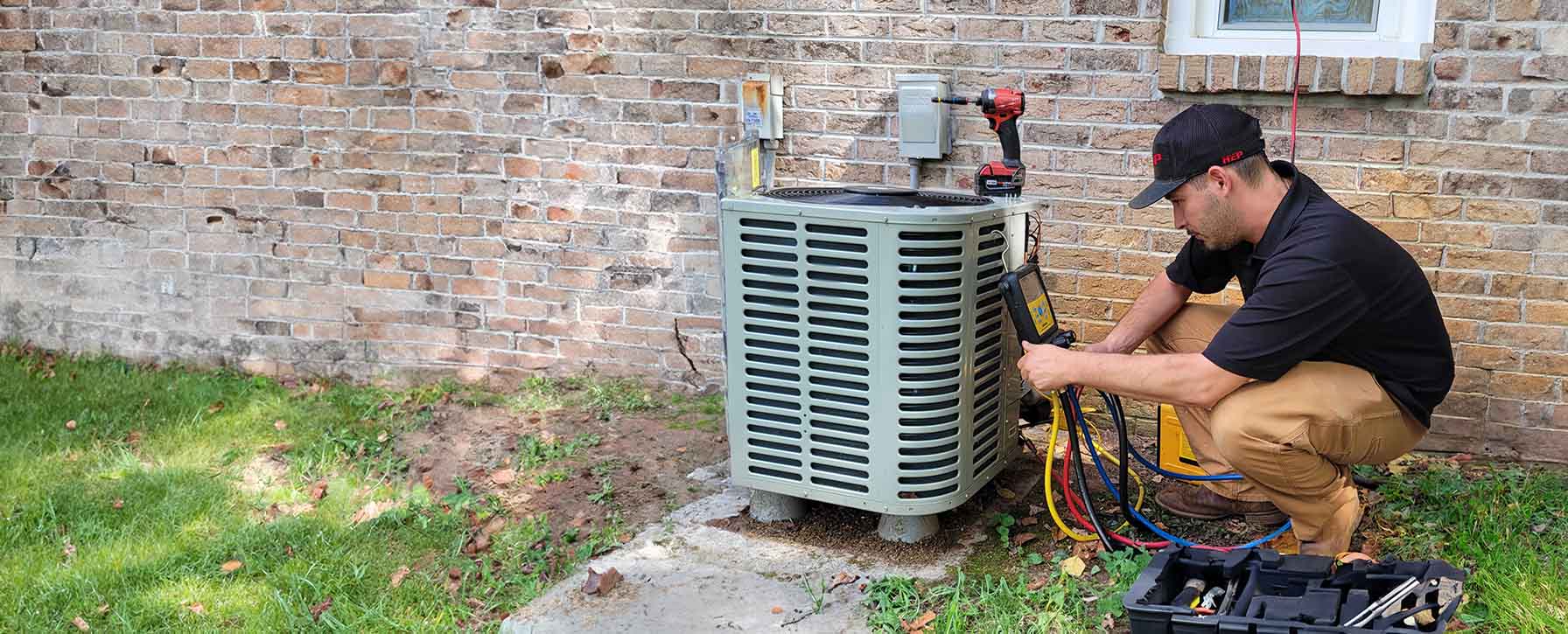

Excess Moisture
Your trusted partner for professional home services. Quality workmanship, guaranteed satisfaction.




- HEP
- Excess Moisture
Excess Moisture | Dehumidifier Installation | Heating and Air Conditioning | Soddy-Daisy
If you’re tired of sticky air, musty odors, and the constant battle against mold in Soddy-Daisy, HEP has the perfect solution. Our experts pair decades of heating and cooling know-how with precision dehumidifier installation to pull excess moisture out of every corner of your home. The result is crisp, comfortable air that protects your furniture, keeps allergies at bay, and helps your HVAC system run more efficiently year-round.
From the initial humidity assessment to the final walkthrough, HEP handles everything with the friendliness and transparency you expect from a hometown team. We offer top-rated equipment, tidy same-day installs, and rock-solid warranties—plus 24/7 support if you ever need us. Breathe easier, sleep better, and reclaim your living space by scheduling your Soddy-Daisy dehumidifier service with HEP today.
FAQs
Why is excess indoor humidity such a common problem in Soddy-Daisy?
Soddy-Daisy sits in the Tennessee River Valley, where summer dew-points routinely hover in the 70s and shoulder-season rain keeps the ground saturated. That outdoor moisture migrates indoors through foundation walls, crawl spaces, and everyday activities like cooking and showering. Modern, tightly sealed homes trap this damp air, and your air conditioner alone can’t always remove enough water while still keeping the house comfortable. The result is condensation on windows, clammy rooms, musty odors, and even mold growth—issues a dedicated, whole-home dehumidifier is designed to solve.
How does a whole-home dehumidifier work with my existing heating and air conditioning system?
We install the dehumidifier in line with your return or supply ductwork. When the humidity set-point you choose (usually 45–50%) is exceeded, the unit draws warm, moist air from the home, cools it over an internal coil to condense and drain away the water, then reheats and delivers the dry air back through the ducts. Because the dehumidifier has its own fan, it can operate whether or not the HVAC system is running, keeping relative humidity stable 24/7. A dedicated humidistat—either stand-alone or integrated into a smart thermostat—lets you monitor and adjust levels from one control.
What signs indicate I need a professionally installed dehumidifier instead of portable units?
Portable room dehumidifiers are useful for a single damp basement or bedroom, but they struggle when: • Your whole house feels sticky even at 70 °F. • You empty buckets daily or have several portables running nonstop. • Musty odors linger in closets, crawl spaces, or HVAC ducts. • You see condensation, cupped hardwood floors, or spots of mold on walls and ceilings. • Family members suffer allergy or asthma flare-ups. A central dehumidifier can remove 70–130 pints of water per day, drains automatically, and conditions the entire living area as well as the crawl space—something portables simply can’t match.
What does the installation process involve, and how long will my home be disrupted?
Most projects take one business day. Our technicians first perform a load calculation to select the right-sized unit, then: 1. Isolate breaker power and clear space near the air handler or return plenum. 2. Mount the dehumidifier on a vibration-isolating bracket or platform. 3. Cut into the ductwork and attach sealed flex or rigid ducts for intake and supply. 4. Run a dedicated condensate line with a trap and optional pump to your home’s drain or exterior. 5. Wire the humidistat, low-voltage controls, and a GFCI-protected outlet. 6. Test for airtightness, set the humidity, and demonstrate operation. Because everything ties into existing ducts, no walls are opened and cleanup is minimal.
Will running a dehumidifier raise my energy bills?
A whole-home unit typically uses 3–6 amps—about the same as a window A/C—but many homeowners see a net savings. Drier air feels cooler, so you can raise the thermostat 2–3 °F and reduce air-conditioning run time. Lower humidity also helps your HVAC system operate more efficiently and protects it from corrosion and microbial buildup. In addition, preventing mold, warped floors, and peeling paint saves expensive repair costs. TVA energy studies show that homes using integrated dehumidification can cut overall cooling costs by 5–15 % during a typical Soddy-Daisy summer.
How do I maintain the dehumidifier, and what kind of warranty or service plan do you provide?
Maintenance is straightforward: replace or rinse the MERV-rated filter every 6–12 months, keep the condensate line clear, and have our technician perform an annual 15-point check that includes refrigerant pressures, coil cleaning, and control calibration. The units we install carry a 5-year sealed-system parts warranty and a 1-year labor warranty, both of which can be extended to 10 years with our ComfortGuard service agreement. ComfortGuard also covers seasonal HVAC tune-ups, priority scheduling, and discounts on any needed repairs—giving you peace of mind that your home will stay dry and comfortable year-round.